Recent data suggests that U.S. tariffs on imported goods are contributing to price increases, with lower-income households feeling the effects more acutely than higher-income groups. Government statistics indicate that businesses are beginning to pass on the additional costs of President Donald Trump’s import tariffs to consumers, although overall inflation remains below previous peaks.
Consumers like Yanique Clarke, a nursing student in Manhattan, report noticeable price increases in everyday items. Clarke noted that the cost of groceries, including meat, vegetables, and fruit, has risen significantly, and back-to-school shopping for her daughter has also become more expensive compared to previous years.
Labor Department data released in August shows that prices for tariff-exposed products have increased: clothing prices rose 0.5% from the previous month, while grocery prices increased 0.6%, with notable gains in items such as coffee, which can be sensitive to import duties.
Economists highlight that lower-income households are particularly exposed to tariffs, as they spend a larger portion of their budget on imported goods, especially lower-cost items. According to the Yale Budget Lab, core goods prices were 1.9% above pre-2025 trends as of June, affecting products including window coverings, appliances, and electronics.
Corporate leaders are also responding to these trends. McDonald’s CEO Chris Kempczinski emphasized that middle- and lower-income consumers are under pressure, prompting the chain to expand its value menu to support price-conscious customers.
Other shoppers report similar experiences. Nancy Garcia, who works in publishing and gifts, noted higher prices for clothing and groceries at her local stores. Sylvia Sealy, a part-time nurse in Brooklyn, has adjusted her shopping habits, comparing prices across stores to manage rising costs.
Recent studies support these observations. The Census Bureau found that inflation-adjusted household income rose primarily for high-earning households, with low- and middle-income families seeing little change. A Boston Federal Reserve study also highlighted increased credit card debt among lower-income groups, while wealthier consumers continue to drive overall spending.
Ryan Sweet, chief U.S. economist at Oxford Economics, noted that while the consumer economy remains stable overall, households with smaller savings are more vulnerable to the impacts of tariffs. “When you peel back the layers of the onion, it’s clear that we have a very bifurcated consumer,” Sweet said.
The data underscores the varying effects of trade policy on different segments of the population, highlighting ongoing challenges for households with limited financial flexibility.
#SupplyChainNews #TradeUpdate #TariffsImpact #ConsumerPrices #EconomicPolicy

















